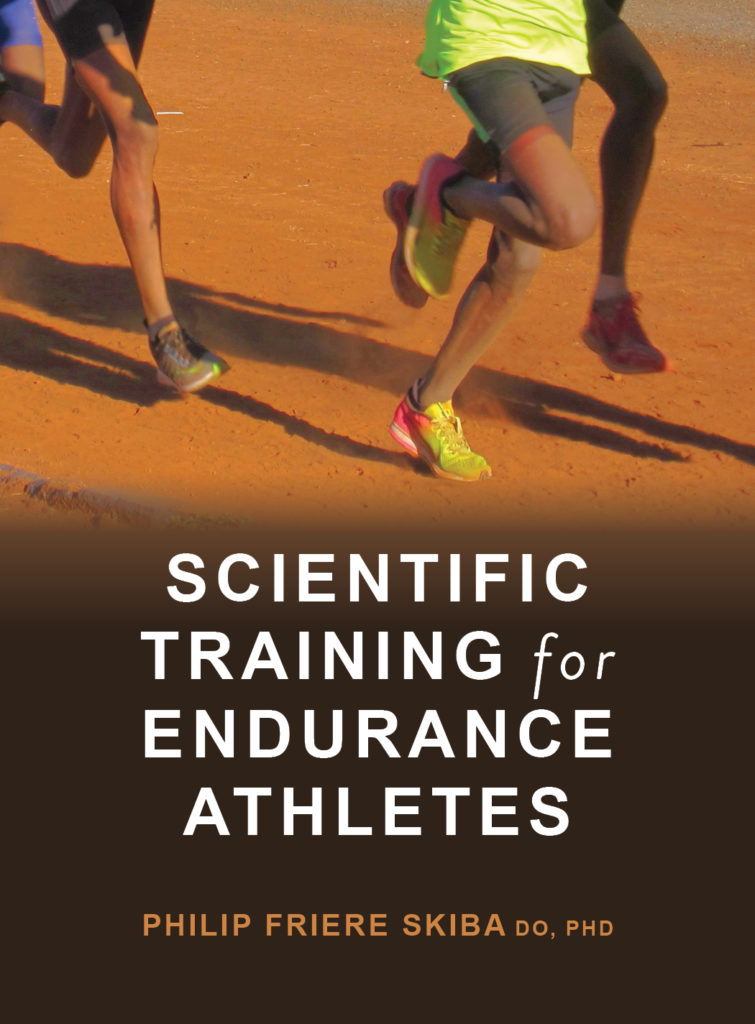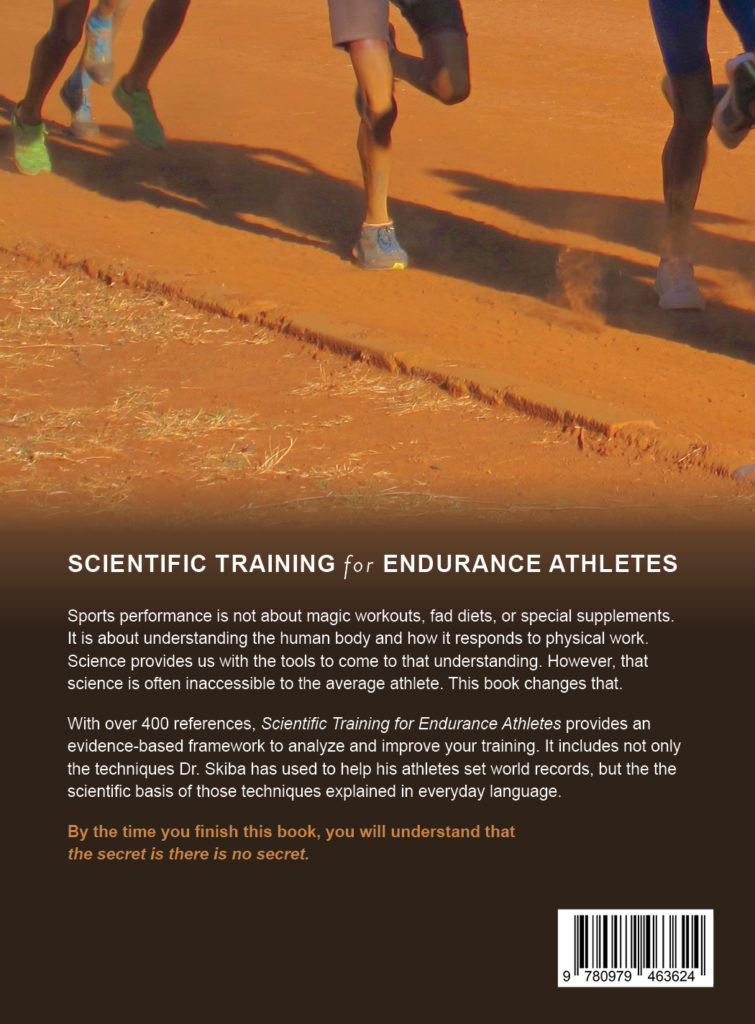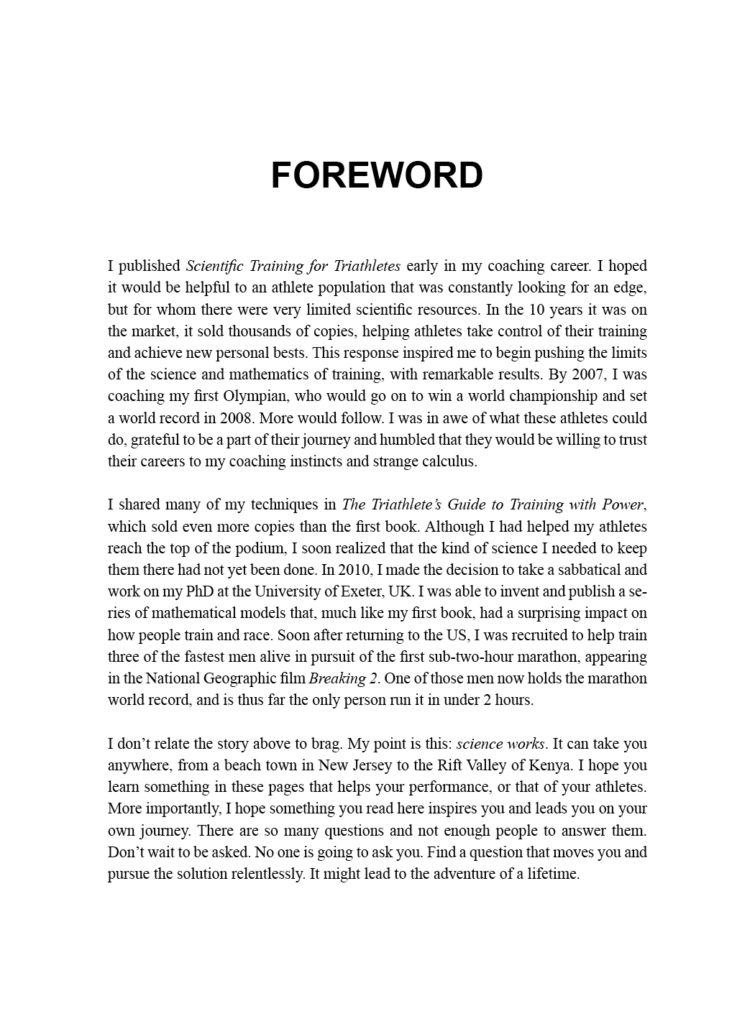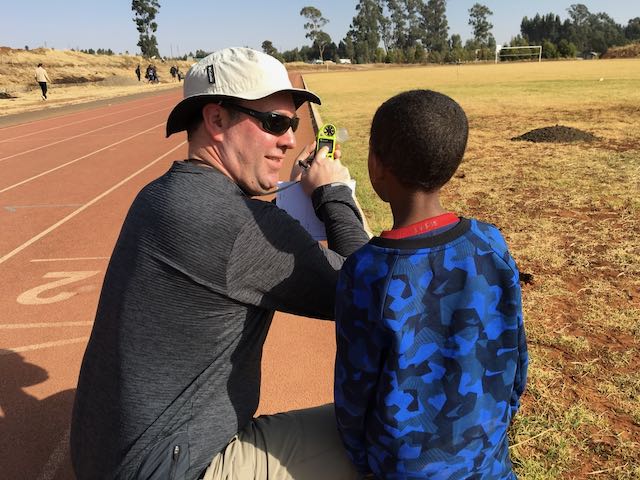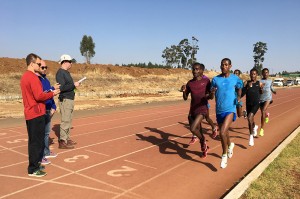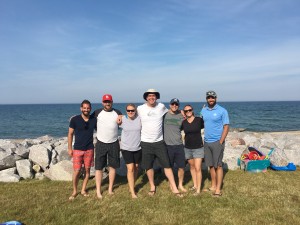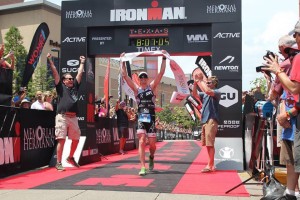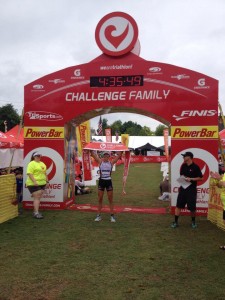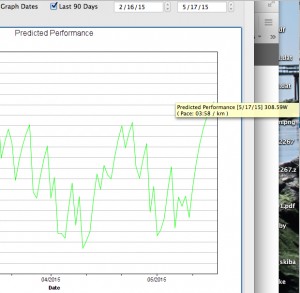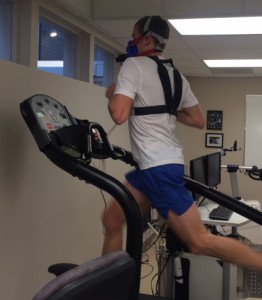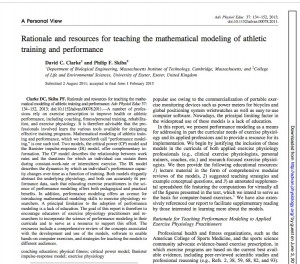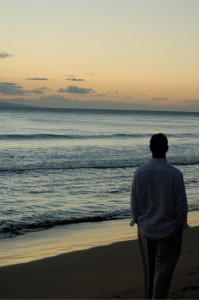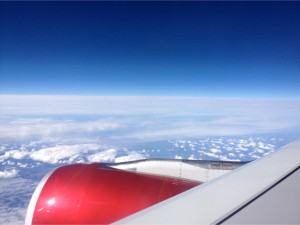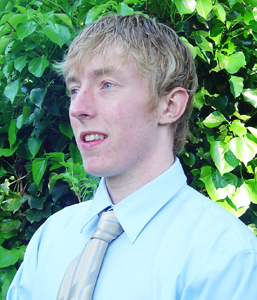Scientific Training for Endurance Athletes is back in stock!
For USA Orders: Please click the Amazon link.

USA / International Orders (E-Book): Apple Bookstore
International Orders (if you REALLY want a paper copy), there are additional steps:
- Go to http://www.shipito.com and set up an account. They will give you a USA address.
- Buy the book on the Amazon USA site.
- Send the book to your shipito.com address and they will forward on to you using the method of your choice. They can offer better prices on shipping than I can.
- For pricing the shipping, the package dimensions are as follows: Size is 12 inches x 9 inches x 1 inch. Weight is 1 lb 13 oz.
- Please contact me for dimensions and weight for larger orders.
